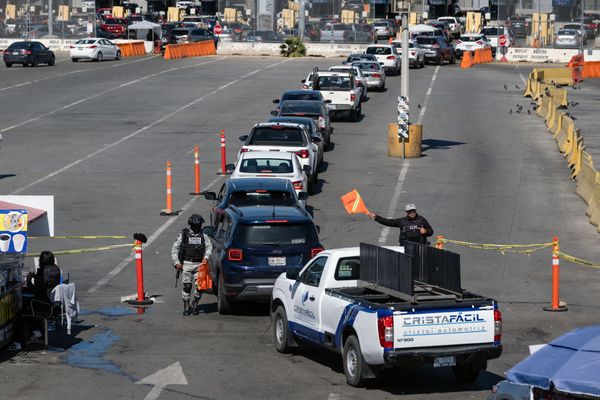
Did you know you have only three days left to drink German riesling this month? Most likely not, unless you’re in the trade and are already aware that July has been called the 31 days of German riesling. Do you even want to drink riesling – or, indeed, any wine – for 31 days?
Also, what’s the point? Well, the way these kinds of promotions work is this: generic bodies support independent merchants to promote their wines at certain times of year, which, given the current hard times (particularly with the duty rises due in August) is good for the indies. It tends usually to happen with wines that are more difficult to persuade people to buy, so you won’t get a champagne month, for instance, but riesling, and especially German riesling (pronounced reece-ling not rice-ling, in case you wondered), has always been a hard sell.
In fact, drinking riesling is not a bad idea at this time of year. It’s light, fruity and low in alcohol. But German wine: why don’t people in the UK have much enthusiasm for it? For one thing, the country is a less common holiday destination for British people, and there are hardly any German restaurants here where you might develop a taste for the stuff. Also, German rieslings tend to be off-dry, even when the label reads “trocken”, which puts off many consumers – even though many people actually drink sweeter than they care to admit. Anyway, in case you haven’t noticed, German riesling has changed. Look at the ABVs, which are now more like 11% or 12% than 8% or 9%, which means more of the sugar is fermented out. And yes, that applies even to notoriously low-alcohol Mosel rieslings.
Of course, German riesling isn’t the only game in town. For a drier style, look to Alsace or Austria. The Wine Society’s own-label Austrian riesling (see my pick below), just picked up a gold medal in the Decanter World Wine Awards and, at less than £10, is terrific value (the Society is planning on holding many of its prices in August too, by the way). Australia typically has a more limey style of riesling, while New Zealand’s tend to exhibit more tropical fruit. Naked Wines, with which I’ve always had a bit of an issue due to its questionable “market price” comparisons, actually has a really good one, Dom Maxwell The Crush Riesling 2022 (12%), from the Waipara Valley, which at £10.49 for so-called Angels is a great buy, and at £14.99 for the rest of us is still reasonable.
I would also urge you to try a more expensive riesling at least once. I was blown away by the quality of the ones I tried in the £20-24 bracket, and you wouldn’t get much in the way of champagne for that price.
Five rieslings to enjoy this summer
Morrisons The Best German Riesling 2020 £8.50 (25% off if you buy three), 12.5%. Unusually limey but delicious Pfalz riesling that’s almost more like an Aussie one. Try with Thai food.
The Society’s Austrian Riesling 2022 £9.95 The Wine Society, 12%. Crisp, bright, not overly aromatic example that should win round sceptics. Drink with seafood and salads.
Dr Pauly Bergweiler Riesling Trocken 2021 £12.99 (or £11.69 if you buy 12) Cambridge Wine Merchants, 11%. Crisp, crunchy, appley riesling. Would make a great summer aperitif with some little goat’s cheese toasts. Dry for a Mosel.
Weingut Leitz Magic Mountain Rüdesheimer Riesling Trocken 2021/22 £24 Great Wine Co, 12.5%. Expensive but luscious Rheingau riesling with lashings of tropical fruit. One for sauvignon blanc lovers. Another good match for Thai food or other Asian-style glazed pork dishes.
Mayfield Vineyard Backyard Riesling 2022 £22 Great Wine Co, 11.5%. New South Wales is not the usual place to hunt for Aussie riesling (that’d be the Eden and Clare valleys), but I really love this delicate crisp, fresh wine that would be great with seafood, especially oysters.
For more by Fiona Beckett, go to fionabeckett.substack.com







